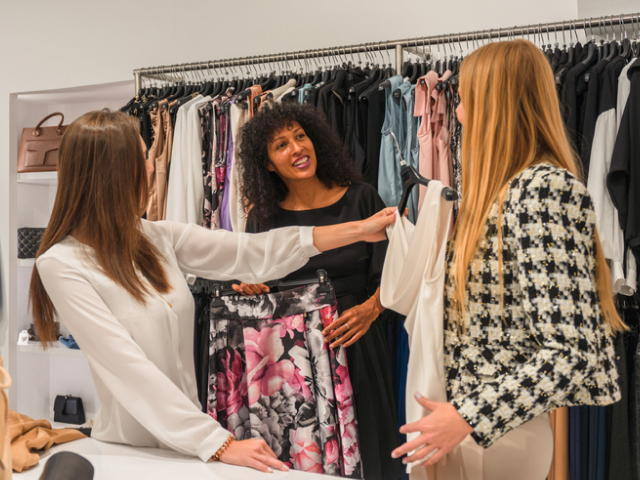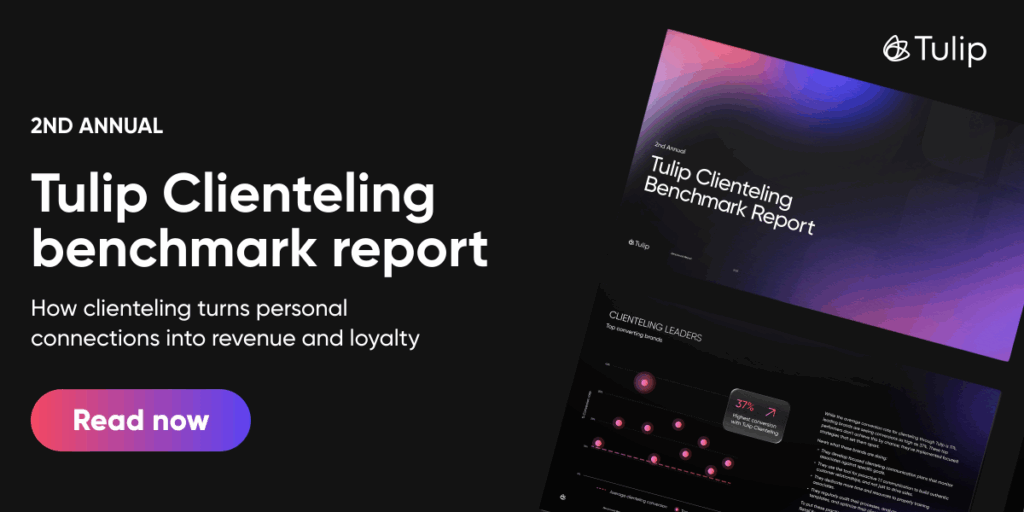Navigating change and connecting with customers
Today’s beauty industry is shaped by two major forces: The evolving consumer and a volatile economic climate.
Consumer preferences are shifting, driven by changing beauty standards and a demand for expertise and “cleaner” products. Simultaneously, economic factors, such as potential recessions and tariffs, are creating both challenges and opportunities for beauty retailers.
This blog post will delve into these critical dynamics, offering strategies for businesses to thrive in this complex market.
The evolving beauty consumer
Hair trends and economic shifts
The beauty industry isn’t immune to economic pressures. There’s evidence that customers are opting for cheaper, lower-maintenance hairstyles and tipping less at salons. For example, some clients are extending the time between color treatments, citing economic concerns. This shift may indicate a decrease in consumer spending on non-essential beauty services. The “recession blonde” trend, where grown-out roots are embraced as a style choice, reflects this move towards low-maintenance beauty.
Makeup and shifting beauty standards
Beauty standards are also subject to change, influenced by cultural and societal factors. Experts predict a move away from heavy glam towards more natural beauty looks, most recently dubbed “clean beauty”. Current beauty trends lean towards soft, refined nail aesthetics, long-wear, low-maintenance makeup, and an emphasis on hair health and repair. To remain relevant, beauty brands need to understand the root of these shifting appearances and evolve their understanding of consumers.
Adapting product offerings
The rise of “clean beauty” presents opportunities for brands to expand their product offerings to include items that focus on health and wellness. This is especially important with current public health conversations that are happening in government and have been happening in a widespread way since the pandemic.
The rise of aluminum-free deodorant formulations demonstrates the power of effective branding and product development. For example, Curie has successfully positioned its aluminum-free deodorant as a desirable product, leading to its introduction in major retailers like Target. This success is indicative of how aluminum-free deodorant is transitioning from a specialty item to a mainstream personal care choice, thanks to formulations and branding that resonate with today’s consumers.
Clean beauty’s newest frontier is the mouth, with products and ingredients designed to nourish the “oral microbiome”. New toothpastes, mouthwashes and tools promise to enhance mouthcare routines while providing additional health benefits, hoping to furnish “cleaner” alternatives to oral care incumbent brands. Conversations around ingredient safety in oral care wade close to controversial topics, like the role of fluoride in public health, and products require physicians to back up their claims. Therefore, brands that are looking to expand into this area will need to do significant research.
Economic factors and tariffs
Economic factors, including tariffs, significantly impact the beauty industry. The beauty industry relies on a complex web of international trade. Tariffs, taxes on imported goods, can disrupt this balance.
Tariffs can lead to increased costs for consumers and businesses. Price increases can influence consumer behavior, potentially shifting loyalty to more affordable options. Additionally, tariffs can stifle innovation by causing companies to scale back on research and development.
Supply chain disruptions are another concern, as companies may need to find alternative sourcing and manufacturing. The competitive landscape can also change, with local brands potentially gaining an advantage.
Meeting customer needs
The beauty industry is seeing that consumers are increasingly seeking knowledge and expertise. Professional makeup artists are gaining prominence, offering tutorials that focus on education and technique.
Greater makeup education is a win-win for brands. When consumers gain more skills, they’re not only able to use a wider variety of products, but they’re also more likely to become loyal, repeat customers who feel confident in their purchases. Brands can respond by investing in professionals to educate customers about their products.
Digital clienteling solutions can also empower professionals to focus on building customer relationships rather than administrative work. By providing tools and technology that streamline tasks and provide customer and product insights, businesses can enable their staff to offer more personalized, attentive, and educational service.
This can involve using clienteling systems to track customer preferences and purchase history, enabling personalized product recommendations and follow-ups. It can also include facilitating direct and ongoing engagement with customers, fostering stronger connections and loyalty.
Bringing it all together
The beauty industry is at an inflection point. The trends discussed—from the rise of clean beauty and the impact of economic shifts to the demand for greater product knowledge—are reshaping the market.
For beauty retailers, the key to future success in the modern beauty retail landscape hinges on building strong connections with customers. This requires not only offering relevant products but also providing expertise, personalized experiences, and a sense of community.
As the industry continues to evolve, those brands that prioritize customer engagement and build trust will be best positioned to cultivate loyalty and achieve sustainable growth.
Learn more
If you want to learn more about how to build a community with your customers, you’re in the right place.
Tulip Clienteling is the software that makes that happen.
We help sales associates at iconic retailers, including COACH, Saks Fifth Avenue, Tory Burch and Michael Kors, know everything there is to know about their clients so they can serve them better. It’s why we’re the world’s leading clienteling solution.
Contact us today to chat with our team, or watch this demo of Tulip Clienteling in action.
Recommended reads
If you liked this blog, check out these other titles:


